Briefly on how to deal with fresh, gray and waste water when camping
In the camper or mobile home, people cook, brush their teeth, wash their hands, take a shower and sometimes you have to take a shower go to the toilet – if you even have one in the vehicle! Fully equipped motorhomes have three different water tanks for this. It needs in the first place fresh water tanks, which provides clean water for the shower, sink and toilet flush. But of course also waste water tanksto properly dispose of the polluted water. The wastewater is divided into gray water and black water, according to ISO 6107-7:1997 "domestic wastewater without gray water with fecal solids", i.e. waste water from the toilet.
But where can you find clean water when travelling, where can you dispose of the contents of the gray water tank and chemical toilet and what is there with the issue of disposal anything else to consider?
content of this article
Clean water is not the same as drinking water
If you are traveling with a camper for the first time, you may ask yourself: Can you drink water from the fresh water tank?
The answer: Even if the water "fresh" and "unused" is, it is better not to, or at least not not without pre-treatment drink.
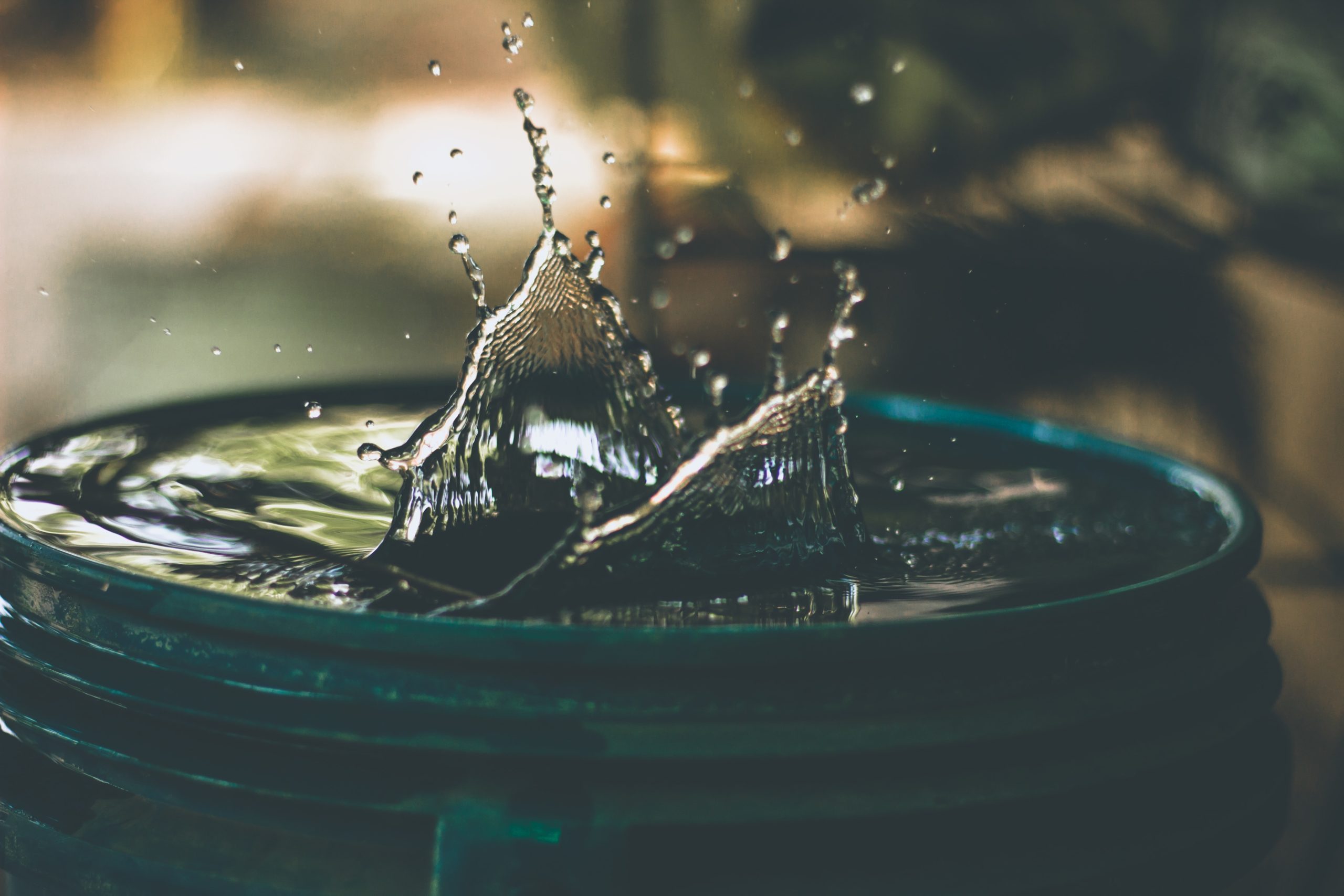
At home in the central latitudes of Europe, people are actually used to the water drink straight from the tap to be able to After every long-distance trip to exciting countries, it is always sobering to realize that we even the toilets with this drinking water do the washing up. However, this standard does not apply across Europe, let alone the rest of the world. In the course of use (or will sooner or later) it im Fresh water tank to form a biofilm come. Biofilm, how ominous! Or not. Ultimately, the biofilm is a slimy deposit on the inner walls, in the water pump and/or the entire hose system. This is simply unavoidable, because sooner or later suspended matter or something living will flee and crawl through the water pipe, the fitting or at another place in the fresh water flow and then serves as a breeding ground for those that have been brought in microorganisms (viruses, bacteria).
If you still want to drink the water from your fresh water tank, you should consider a water filter system for your water system. Another option would be to like the fresh water with additives Iodine or Micropur (Chlorine), to treat, i.e. to disinfect. Of the smack wears in my opinion but not only Edibility of the water and does not remove any suspended matter that may have been dissolved. Other hocus-pocus remedies, such as silver nets and UV lamps, are more a matter of belief due to their fluctuating effectiveness. And to drinking water disinfection Products that are still partially approved, such as silver chloride or silver nitrate, are also not health-promoting and should not be only in emergency be used. So before all else fails, you can help yourself with clean water from the supermarket. buy clean water in 5L bottles and make ends meet cleanly.
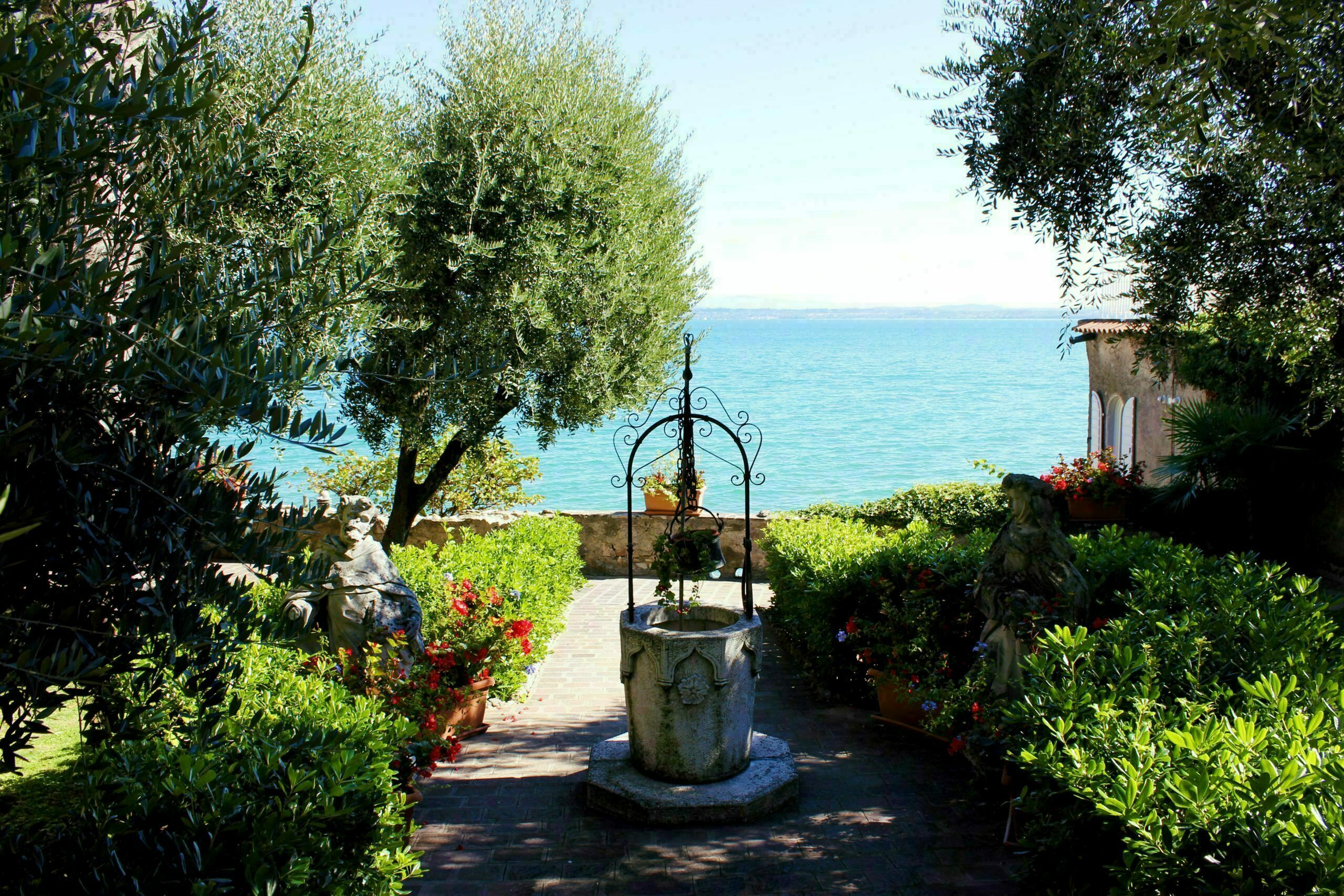
To avoid PET bottle waste you can use a small separate water tank or take a water bag with you when camping and store "drinking water" from declared fresh water sources in it. It is best to refill the water every day!
Regardless of whether and how to be Fresh water treated, you should clean and disinfect your fresh and waste water tanks from time to time. If you have one Revision hatch easy access to the tanks, only two brushes are needed for cleaning (if you don't clean the fresh water tank with the Black water tank brush wants to clean 😉 ) and household cleaning agents. If the water tank is integrated or built in, you can use hydrogen peroxide solution, for example, to at least close the tank disinfect. However, mechanical cleaning is still the best choice!
Conclusion
Well water is not necessarily contaminated, however, the fresh water tanks can form a biofilm over time, especially with longer downtimes. Fresh water from the tank is always recommended for consumption to boil!
Disposal points: how does dumpy dump dump work?
Usually all bid campsites the opportunity to fill up with fresh and drinkable water and be accordingly Dispose of gray water and toilet contents. However, if you like to be on the road on pitches with less infrastructure, you have to keep an eye on the level indicators of your tanks. In the meantime, there are not only a few public parking spaces, but also Gas stations and rest stops the opportunity to take care of oneself and to dispose of something.
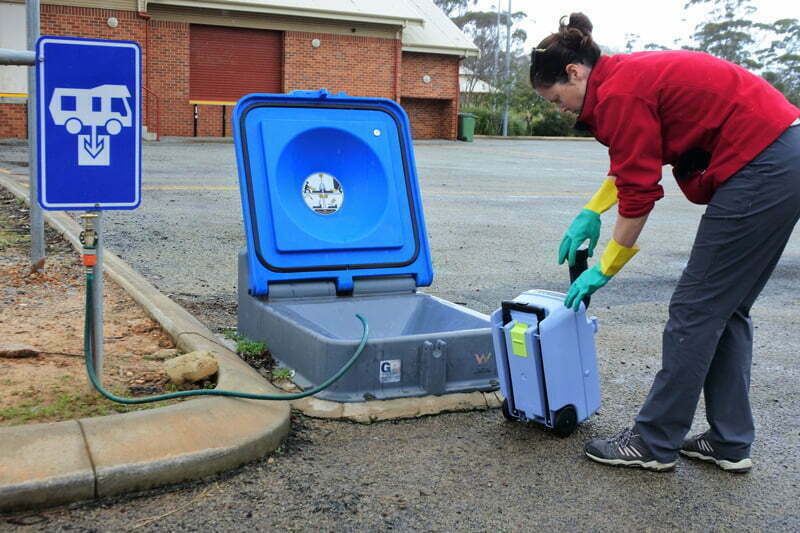
Of the TCS provides an overview map to make your search easier, in which you can search for and find all waste disposal stations in Switzerland.
If you are traveling all over Europe, you can also go to the board atlas watch. Here it is advisable to use the search function to search for the country and then use the postal code in the PDF provided.
There are more modern and less modern disposal points, but the basic idea is the same for all stations. the dirty sewage, Gray water and black water from the toilet cassette, becomes into one drain on the floor drained. Not far from there is a garden hose or something similar to rinse out the tanks and also to clean the floor of undissolved toilet paper or food leftovers from the gray water tank. This "garden hose" is urgent not to be confused with the water hose, which you will later want to fill up your fresh water tank with!
Your own sh… having to dispose of waste water at some point, is essential. But not having to deal with the contents of the chemical toilet of the neighboring parking space. Therefore, after emptying is not only out of charity, but the disposal station clean for hygienic reasons and without leaving any kind of leftovers.
Where to dispose of waste water if there is no disposal station nearby?
Who deal with the Fresh water consumption slightly overestimated and suddenly runs dry, there is a fresh water well in almost every village or, if necessary, you can use water from the supermarket. When it comes to wastewater, the whole thing looks a bit more complicated, so beware of those who do everything at the last minute. Not with the holding tank. When the tank is full, it's not just a matter of peeing quickly, but also when driving...on winding roads...oh, you just don't have to have the experience.
Just let it run... of course that's not possible either! And not even if you use supposedly ecological "green" additives and agents.
For the chemical toilet there is fragrant perfumes for the flushing water and sanitary liquid to change the aggregate state of solid components. And when it works, it usually plugs in colorful chemistry cocktail behind. Substances that sewage treatment plants can break down cannot be found in nature. Black water therefore only belongs in a designated drain.
Easy disposal in a separation toilet
the sachets from a dry composting toilet can always be thrown in the residual waste. For optimal "handling" something can be done before and after cat litter or wood shavings sprinkle in the bag to absorb moisture appropriately. It is best to rinse off the urine separator after peeing, for example with a mixture of water with a Dash of vinegar essence and washing-up liquid. The dishwashing liquid reduces the surface tension so that less deposits build up on the inside of the tank and the vinegar reacts with urea so that it doesn't smell either. You can also dispose of the container in the toilet or other drain with a sewage connection.
There is more to read about the topic of composting toilets
Can you empty the waste water tank into the gully?
no This is not a designated drain. In densely populated areas, the sewerage system is not necessarily hidden under a sweater. This can be the drainage of rainwater, which flows directly into a body of water instead of to the sewage treatment plant.
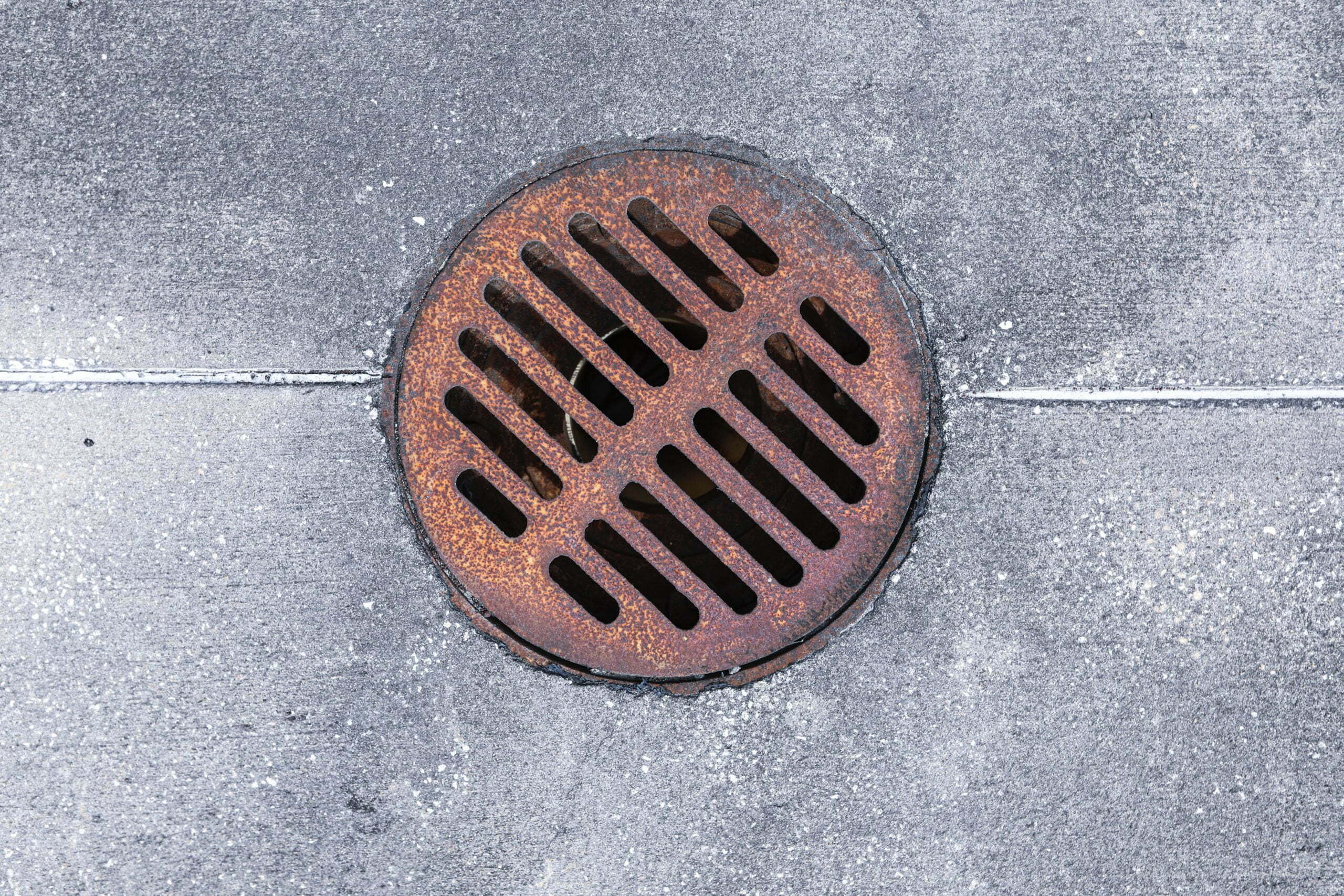
Even if you might think that gray water isn't as bad as black water... it still doesn't belong in the gully and certainly not in nature. Dish soap, shampoo and toothpaste included as well surfactants and microplastics, sometimes too non-degradable substancesthat simply belong in the drain. You could use both gray and black water by the way dispose of in a toilet, although this should only be done in an emergency. With a lot of momentum, something might go wrong and that wouldn't be nice for you other visitors to the toilet, still reasonable for the person who has to clean it afterwards. Some providers therefore have a correspondingly marked "pour-off toilet".
Tip
In summer it is better to fill up with fresh water and dispose of waste water more often. Because food leftovers in the gray water tank can also develop these odors!
DIY expansion and mini campers: all black sheep?
There's no denying that DIY builders for Transporter, Vivaro, Talento and co. have to be economical with the space in the camper. There is a Waste water tank quickly rationalized away, a toilet downright a rarity. A mini camper is happy if a bed of sufficient length fits in! However, that does not mean that the Vanfolk are black sheep.
The supply of fresh water and the corresponding handling of waste water is just as individual as the expansion and the traveler, especially in the case of individual motorhomes. Some deliberately only drive to campsites or pitches with infrastructure, while others actually jump into the bush in the shadow of the night. There are always solutions with a clear conscience for every camper size, you just have to want it 🙂
Properly deal with waste water when winter camping
Fresh water tanks are often indoors of the camper installed and thus during winter camping, if continuously heated becomes less problematic. The same applies to the toilet cassette or collection container of any kind, which actually sits directly under the toilet. The waste water tank, on the other hand, is in many cases installed under the floor, i.e. outside, and this has above all its pitfalls in winter. Who doesn't know it, putting the white wine in the freezer quickly... 5 hours later you can not only finally clean the freezer again, but also annoy the invited company. The same can and will also happen with a waste water tank or the hoses and inlets to this, provided that the temperatures below freezing fall.
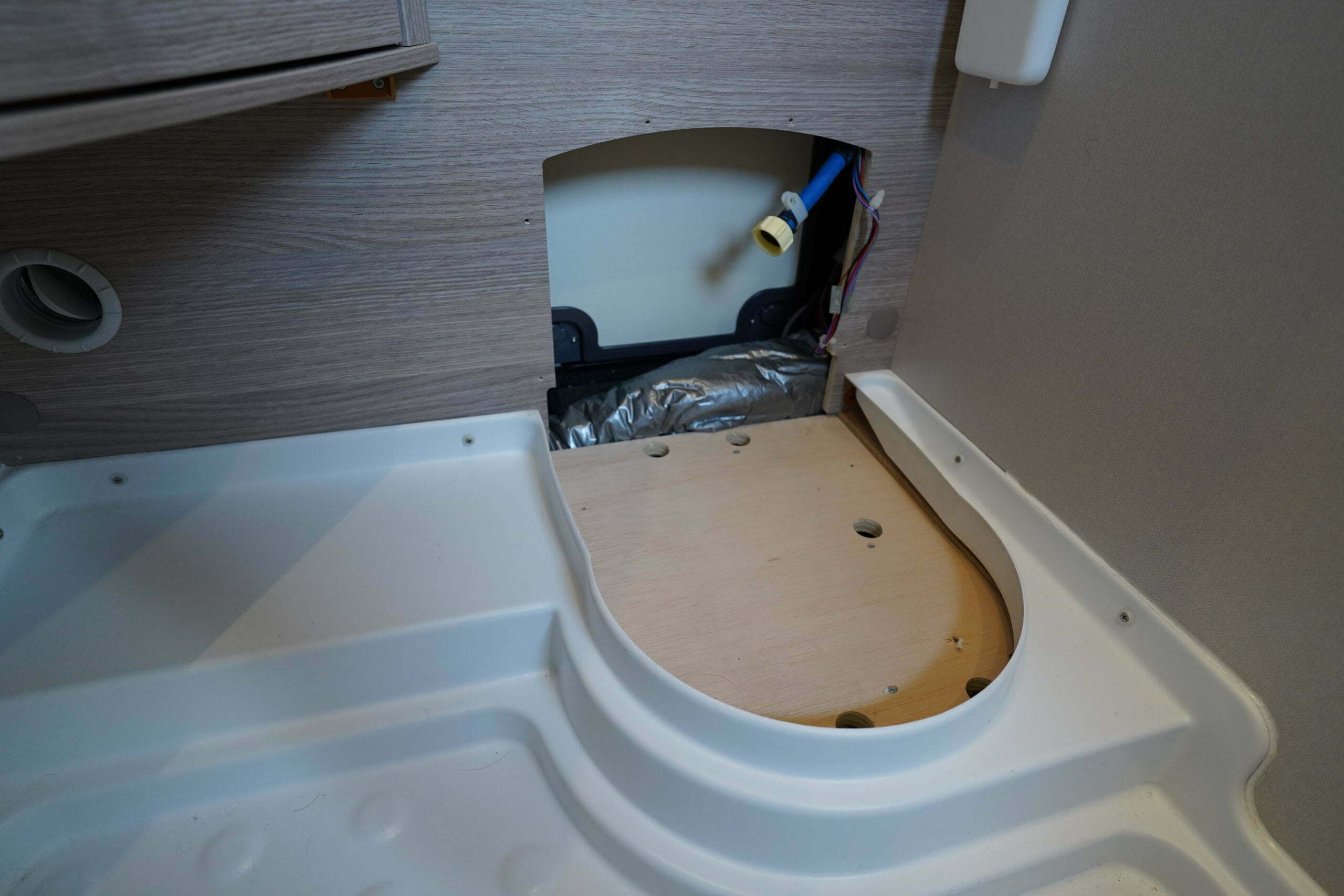
Proper winter camping is only possible if that Water system on the one hand well insulated and on the other hand the tank itself is heated. For this there is small heating mats, which is attached under the tank and switch on during night frost can. Don't worry, the waste water shouldn't and doesn't have to reach shower temperature, but only remain a few degrees above zero.
However, there is nothing for winter camping, it should still be before the wintering make sure that the fresh water and waste water system is well cleaned and, above all, emptied. Too much water remains in the system, it can at the next thaw to water damage come. By the way, don't forget the water heater and flush the toilet when emptying.
more comments
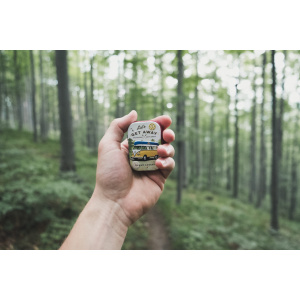
Weekend: Short camper trip - is it worth it?
Weekend: Camper short trip - is it worth it? You don't always have to take a holiday to go on holiday I am probably
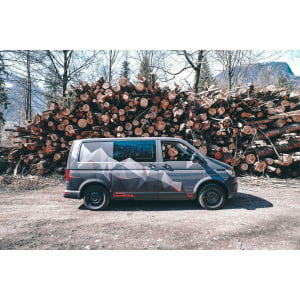
California off the shelf or an individual camper?
California off the shelf or an individual camper? No matter what I write about the question, it will change